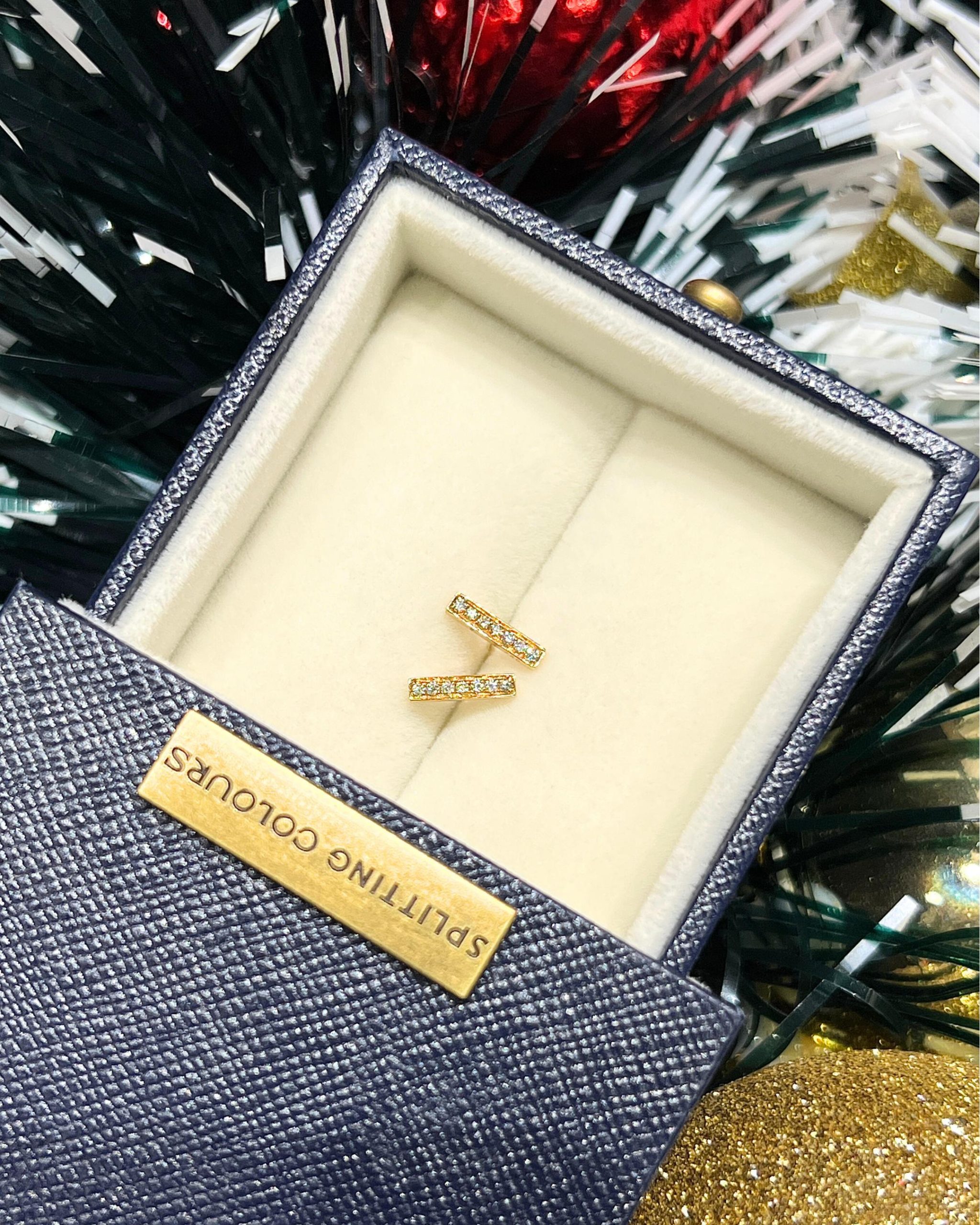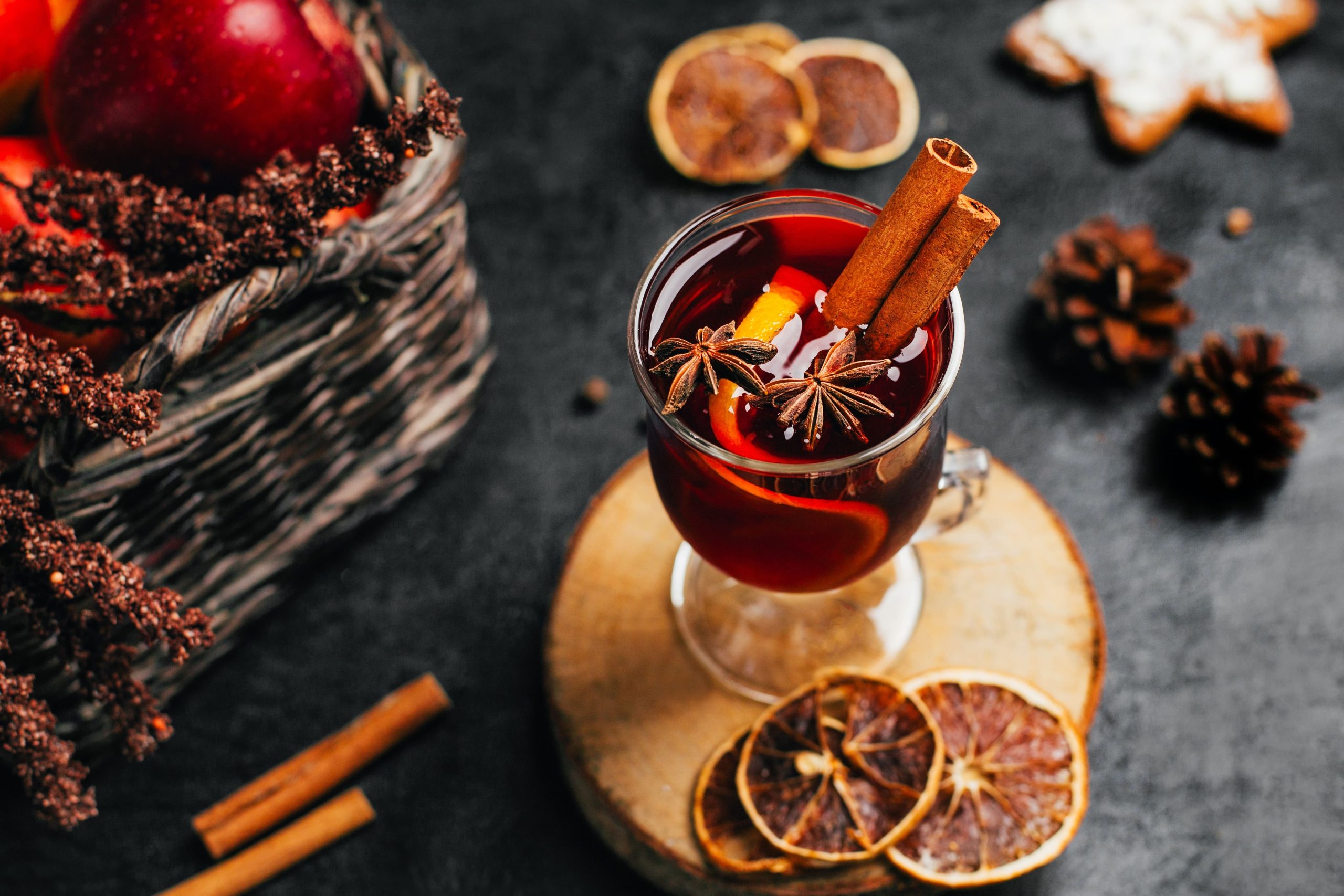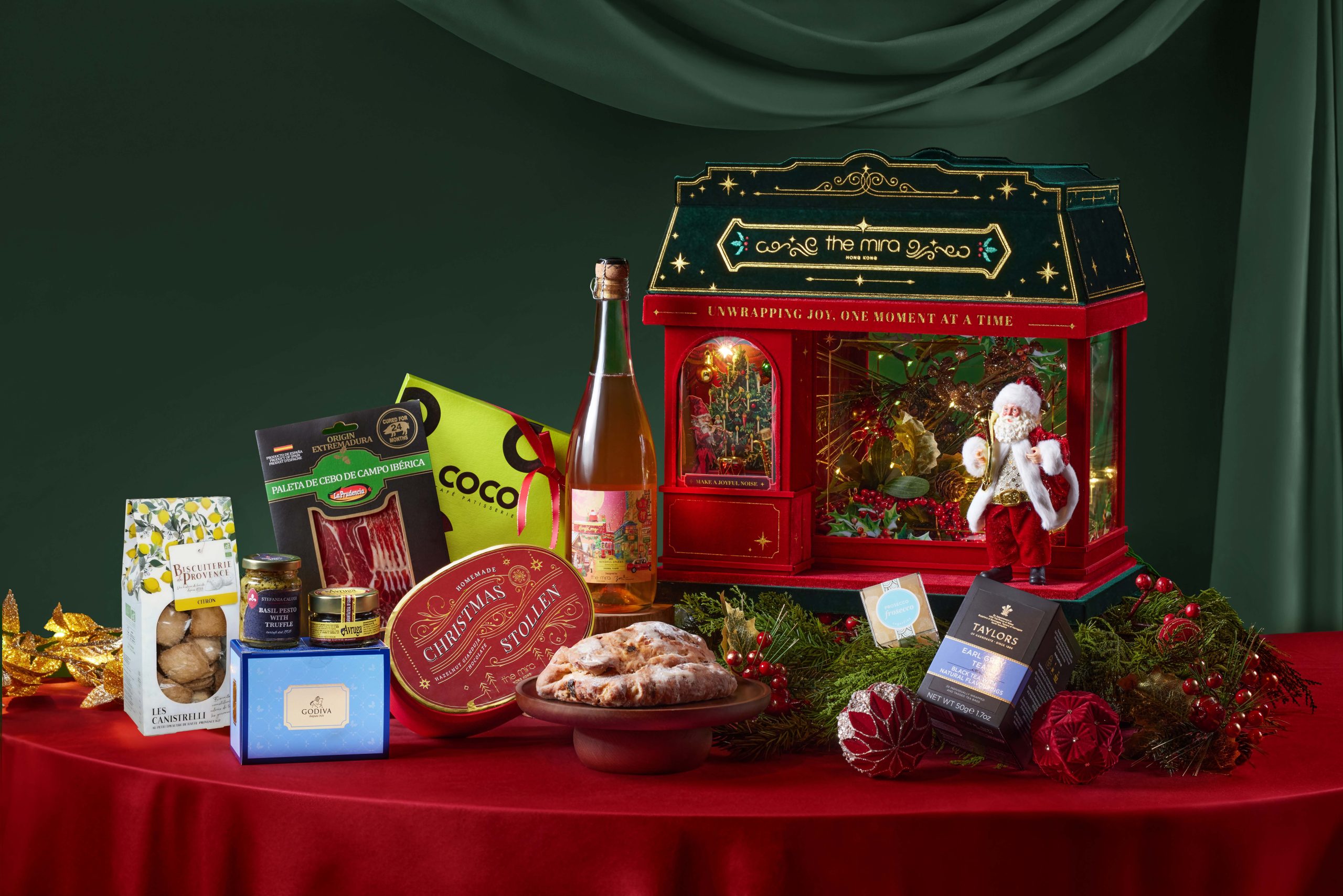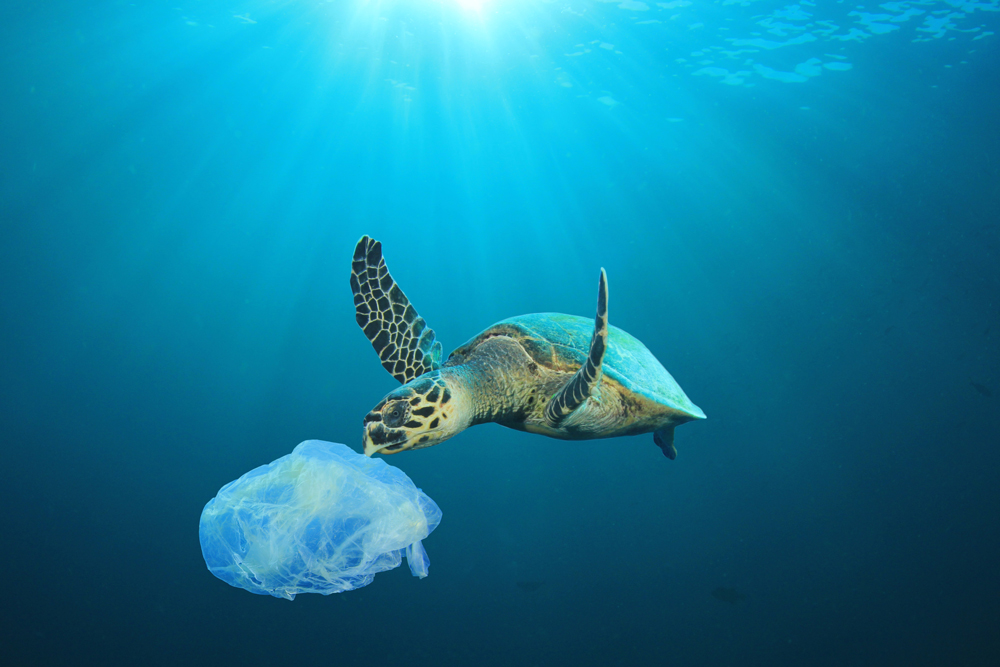
The world’s plastic problem is real. On both the micro and macro levels, from sperm whales washed up on beaches with bellies full of detritus to the 1.6 million-square-kilometre Great Pacific Garbage Patch (roughly 52 times larger than Macau), it’s an epidemic society can’t afford to ignore anymore. It’s so urgent, in fact, that ending plastic pollution is the official Earth Day theme for 2018. In Hong Kong, an estimated 5.2 million plastic bottles are dumped into already perilously overfilled landfills daily. And that’s just the bottles. Add up all the plastic – straws, floss, utensils, fishing nets, polystyrene, packaging, toothbrushes, bags and more – and it amounts to about 2,000 tonnes of plastic dumped each day, which could possibly be around for anywhere between 400 and 5,000 years.
With landfills set to reach capacity by 2020, the city is entering a crisis point. Thankfully, however, change is percolating and an unlikely industry is leading the charge: hospitality. While socially minded individuals and organisations such as Plastic Free Hong Kong and Live Zero Hong Kong have met with tremendous support, they preach to their own already-initiated choirs. It’s restaurants, bars and hotels that are proving to have the most impact, reaching wider, possibly untapped audiences and slowly changing the way many in Hong Kong consume.
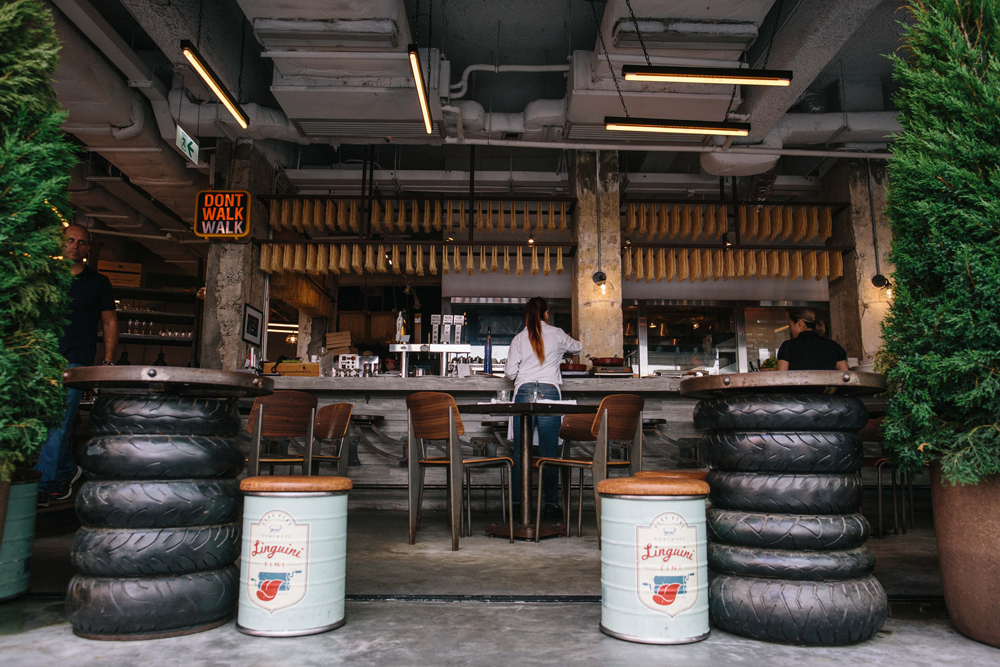
Todd Darling, founder of Homegrown Foods (the group behind Linguini Fini, Posto Pubblico and Stone Nullah Tavern) is at the forefront. “We decided to ditch plastic straws after a trip I took about seven years ago,” he recalls. “I woke up in Thailand after a big storm and was shocked by the amount of garbage that had washed up on the beach. Seeing that gaudy pile of man-made trash on a pristine beach seemed so unnatural. It is unnatural. It was a real wake-up call.”
Today, none of his venues use straws. “Frankly, if you have a mouth, you don’t need a straw,” he says – though they do offer stainless steel ones upon request. They’re durable, neutral in taste and cool to the touch, making them ideal for cocktails. “There’s actually something quite refreshing about sipping a Bloody Mary through a slick stainless steel straw,” he admits.
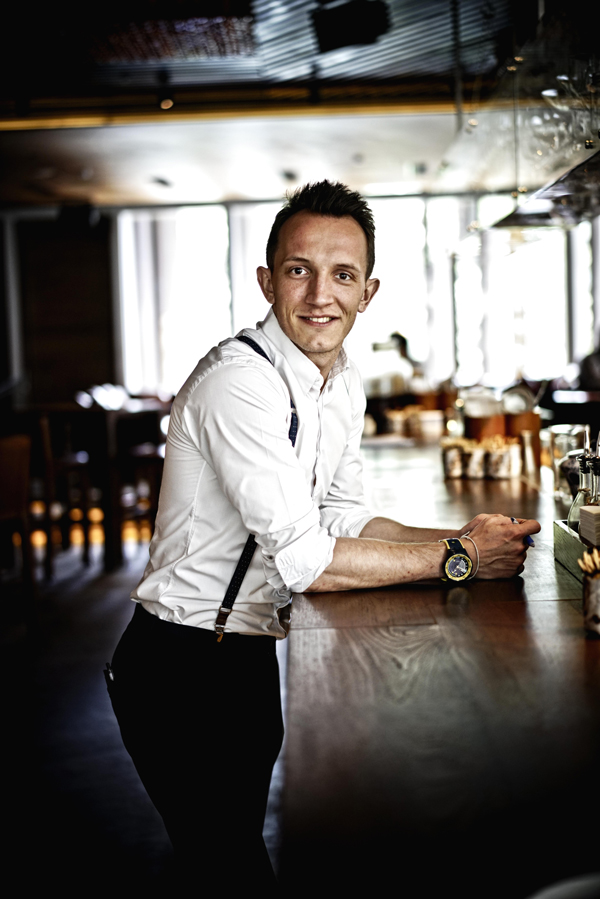
On the beverage side, Arkadiusz Rybak is making meaningful changes at Zuma Hong Kong and beyond. Similar to Darling, his plastic wake-up call happened on a beach. Walking along the water, he was overwhelmed by the amount of plastic straws. “After that, I started looking into the problem, which is very concerning,” he says. “Our planet is being ruined due to people being uneducated and unaware of the problem that disposable plastic creates. I quickly found different solutions to replace plastic straws at Zuma’s lounge.”
To help make the transition easier for others in the industry, Rybak teamed up with other beverage experts to create the Hong Kong EnvironMentalists. The nascent contingent, formed just this year, is helping the community implement sustainable practices, minimise waste and redefine customer expectations. “It takes time and research to completely remove plastic from restaurants and bars, but many are on the right path,” says Rybak. “We want to protect our beaches and oceans before it’s too late.”
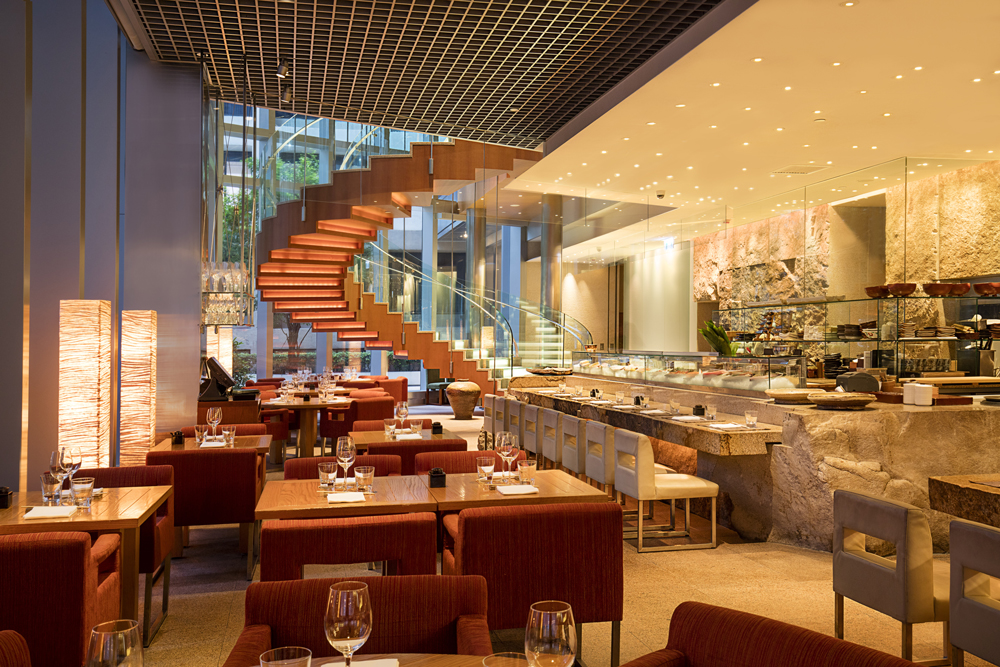
On the group’s Facebook page, where it publicises upcoming talks and events, it implores you to “come save the world one drink at a time.” And you know what – they might be on to something. Small changes, like refusing single-use straws, can lead to big results. Since the launch of The Last Straw Movement, a Hong Kong-grown initiative, more than 654,100 straws have been saved from the oceans and landfills. These sturdy, bright green paper alternatives have become a common sight in the city, as seen everywhere from The Landmark Mandarin Oriental’s MO Bar to the most recent Rugby Sevens.
For Tracey Read, founder of Plastic Free Seas, plastics pose a greater threat than many realise and every amount of reduction helps. “What we are finding now – because we are looking for them – is microplastics.” These materials, measuring less than five millimetres in length (about the size of a sesame seed) come from a variety of sources including clothing, microbeads and broken-down plastics. They’re hard to detect, harder to clean up and incredibly damaging to the ocean’s ecology.
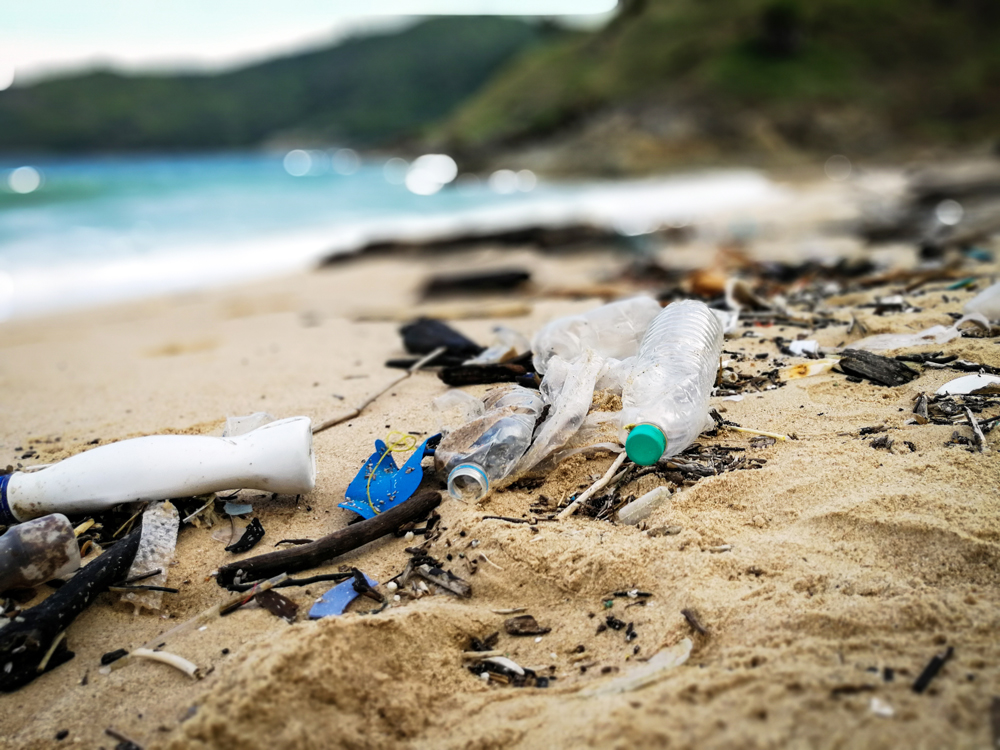
“Plastic doesn’t ‘go away’,” she states plainly. “We recently found a 50-year-old plastic container washed up on the beach! Even compostable or biodegradable plastics do not break down in any meaningful length of time in the environment. We are causing permanent damage to these ecosystems and we do not know the full consequences of these contaminants.”
Naysayers scoff at the anti-straw movement, claiming it’s not enough to offset the crippling amounts of plastic waste. But, like a new diet or fitness regime, it’s all about baby steps. For this fight, the very first of those steps is changing expectations.
Speaking with Melanie Cox, the PR and marketing manager from Hong Kong’s Cé La Vi, an international brand of luxury rooftop venues, this is clear. “In the past decade, people have come to expect plastic straws in every drink served. This is the greatest example of extreme waste being generated for minimal convenience. These short-lived straws are typically thrown away as garbage with no further thought, instantly becoming a source of plastic pollution. We were shocked to find that globally, human beings produce 300 million tonnes of plastic a year – and 10 per cent of this ends up in our oceans. The estimated ratio of plastic to plankton is 1:2 currently and unless we change our ways, scientists estimate that plastic will outweigh fish in the ocean by 2050.”
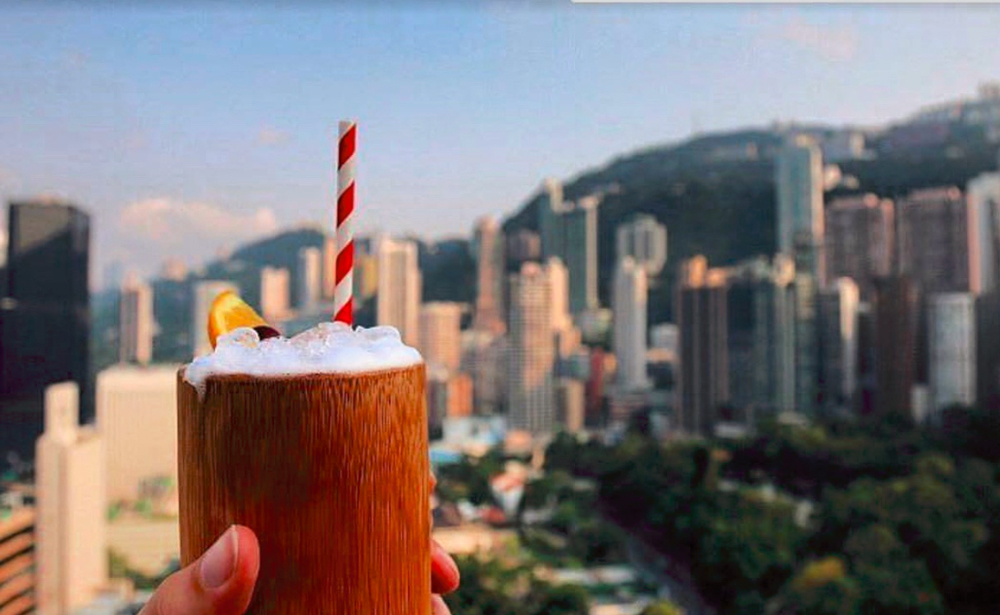
Cé La Vi Hong Kong removed all single-use plastic straws in 2016, the first among the group to take such an action. “We found that when we don’t place straws in our drinks, most guests don’t ask for one – or even notice that there isn’t one,” says Cox. “Considering how many drinks we turn over across three floors per night at Cé La Vi, we are delighted to see how a small action such as removing a plastic straw contributes to a strong environmental impact.” Having been straw-free for just over a year, it’s now leading the conversation with the global group, hopefully helping the brand transition away from straws entirely. The aim, it seems, is that these top-down changes will alter the habits of their patrons over time.
When restaurants provide straw alternatives, customers do notice. They ask about it and have an all-too vital discussion about it. Soon, it changes the norm. In an ideal world, the anti-straw sentiment would snowball and grow, opening up people’s eyes to the unnecessary daily plastics we consume each day: takeaway containers, utensils, disposable cups.
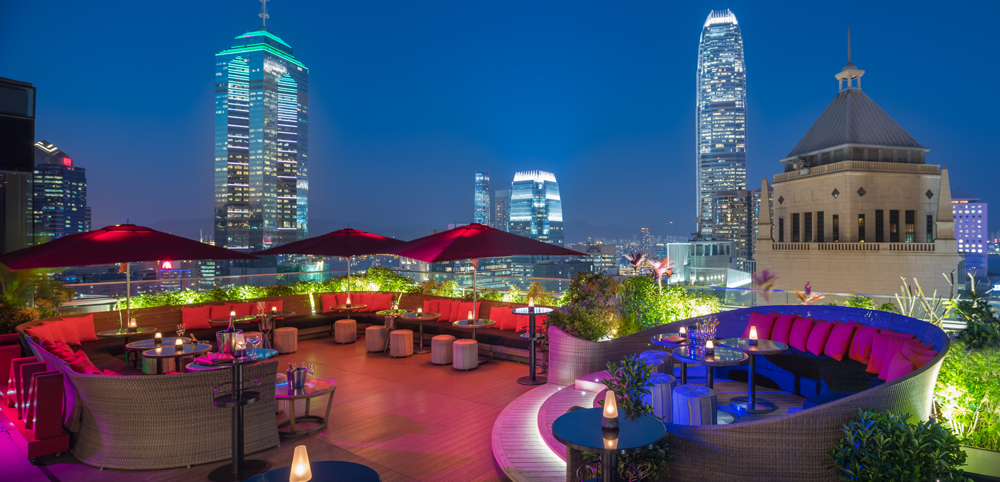
In fact, this has already happened at The Landmark Mandarin Oriental. The hotel’s beloved MO Bar replaced plastic straws three years ago and its sustainable efforts have only increased since then. The hotel has vowed to eliminate single-use plastic across its entire operations, says executive chef Richard Ekkebus, “We are committed to showing that sustainability and luxury can go hand in hand.” Last year, it installed the world-class Nordaq Fresh water system, which provides house-filtered water to the hotel’s restaurants, spa, gym and even the lobby. The response has been positive from guests and the hotel hopes to reach its goal within the next few years.
There is, of course, one monumental issue here that hasn’t been addressed yet. Each venue listed caters to a specific (namely: more affluent and international) population of the city. For true change to happen, this education and these sentiments have to extend to all of Hong Kong’s diverse societies and become ingrained in the city’s culture as a whole, from the cha chaan tengs to the reservations-only spots. But as always, change has to start somewhere, and in Hong Kong it’s starting with straws.
This feature originally appeared in the May 2018 print issue of #legend


